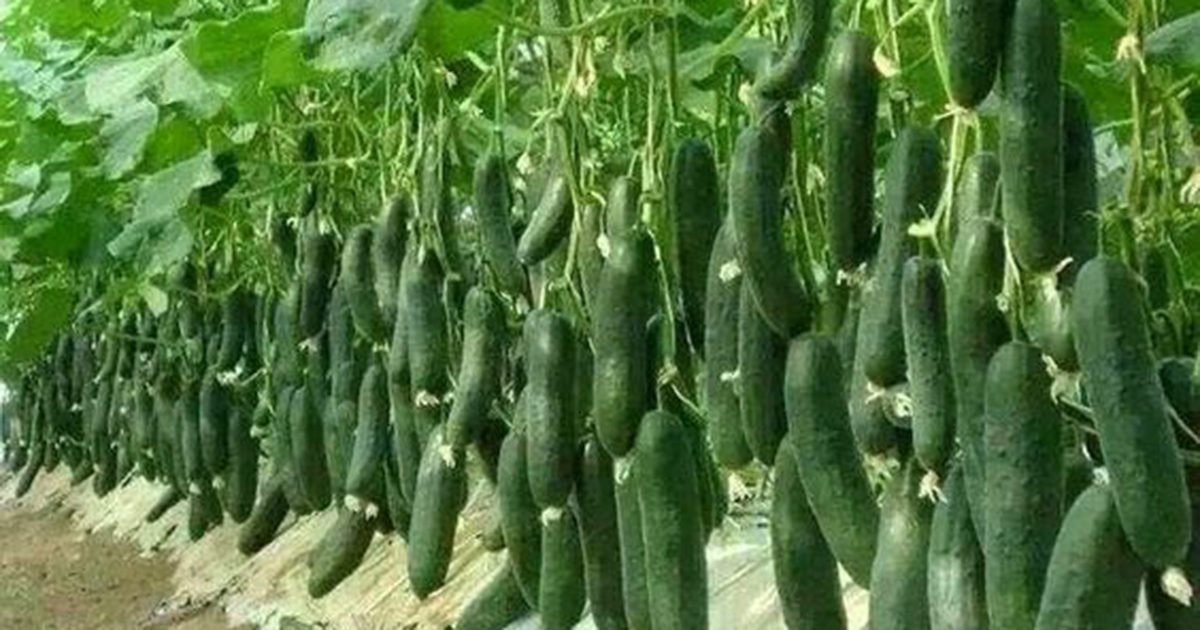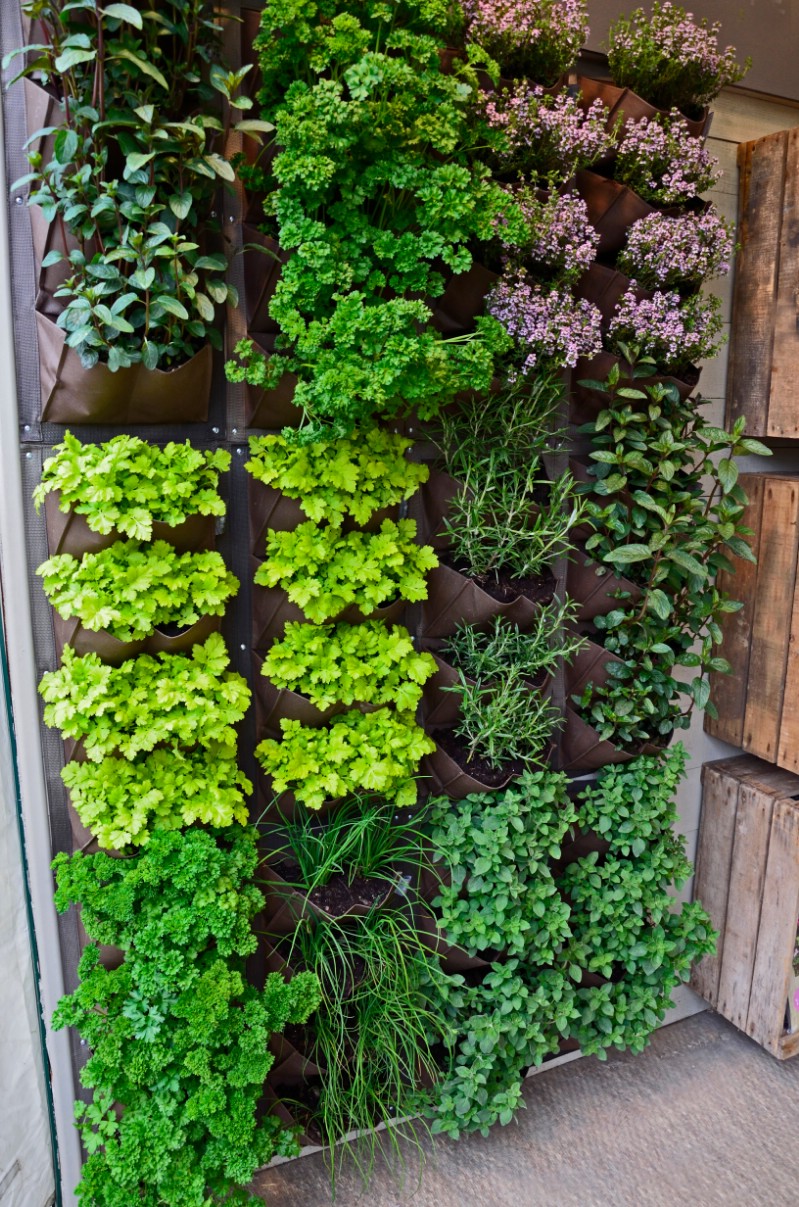How to Grow Cucumbers Vertically in Gardens: A Comprehensive Guide

Imagine transforming your small urban garden into a lush, green oasis brimming with fresh cucumbers. Vertical gardening techniques allow you to maximize your space and grow an abundance of vine vegetables even in the tightest of spots. Whether you're a seasoned gardener or a novice looking to dip your toes into urban cucumber farming, this guide will walk you through every step of growing cucumbers vertically. Let's dive in!
Why Grow Cucumbers Vertically?
Vertical gardening isn't just a trend; it's a practical solution for small space gardening. By growing cucumbers vertically, you can save valuable ground space, improve air circulation, and reduce the risk of pests and diseases. Plus, it's a visually stunning way to add a touch of green to your urban landscape.
Choosing the Right Cucumber Varieties
Not all cucumbers are created equal when it comes to vertical gardening. Look for vining varieties that are specifically bred for trellising. Some popular choices include 'Straight Eight,' 'Homemade Pickles,' and 'Burpless.' These varieties are known for their strong vines and prolific yields.
Setting Up Your Cucumber Trellis
A sturdy cucumber trellis is the backbone of your vertical garden. You can use a variety of materials, from wooden stakes and wire mesh to pre-made trellises. The key is to ensure your trellis is strong enough to support the weight of the plants and their fruits.
Materials and Tools
- Wooden stakes or bamboo poles
- Wire mesh or trellis netting
- Garden twine or zip ties
- Hammer and nails (if using wooden stakes)
Steps to Build Your Trellis
- Choose Your Location: Select a sunny spot in your garden with well-draining soil.
- Install the Stakes: Drive the stakes into the ground, spacing them about 2-3 feet apart.
- Attach the Mesh: Secure the wire mesh or netting to the stakes using garden twine or zip ties.
- Prepare the Soil: Enrich the soil with compost or organic fertilizer to give your cucumbers a healthy start.
Planting Your Cucumbers
Once your trellis is in place, it's time to plant your cucumbers. Sow seeds directly into the soil or transplant seedlings if you prefer a head start.
Planting Tips
- Spacing: Plant seeds or seedlings about 1-2 inches deep and 6-8 inches apart along the base of the trellis.
- Watering: Keep the soil consistently moist but not waterlogged. Cucumbers need plenty of water, especially during fruiting.
- Mulching: Apply a layer of organic mulch around the base of the plants to retain moisture and suppress weeds.
Caring for Your Vertical Cucumbers
Vine vegetable care is crucial for a successful harvest. Here are some tips to keep your cucumbers thriving.
Fertilizing
Cucumbers are heavy feeders. Use a balanced, water-soluble fertilizer every 2-3 weeks during the growing season. You can also side-dress with compost or aged manure for an extra boost of nutrients.
Pruning
Regular pruning helps maintain the health and productivity of your cucumber plants. Remove any dead or diseased leaves and pinch back the growing tips to encourage bushier growth.
Pest and Disease Management
Keep an eye out for common pests like aphids, spider mites, and cucumber beetles. Use organic insecticidal soaps or neem oil to control infestations. To prevent diseases like powdery mildew, ensure good air circulation and avoid overhead watering.
Harvesting Your Cucumbers
The moment you've been waiting for—harvest time! Cucumbers are typically ready to harvest about 50-70 days after planting.
Harvesting Tips
- Timing: Pick cucumbers when they are young and tender, usually when they are about 6-8 inches long.
- Technique: Gently twist the cucumber off the vine or use a sharp knife to cut it.
- Storage: Store cucumbers in the refrigerator for up to a week. For longer storage, consider pickling or freezing.

Troubleshooting Common Issues
Even with the best care, issues can arise. Here are some common problems and their solutions.
Yellowing Leaves
Yellowing leaves can indicate a nutrient deficiency or overwatering. Ensure your plants are getting enough fertilizer and adjust your watering schedule accordingly.
Bitter Cucumbers
Bitterness in cucumbers is often caused by stress, such as inconsistent watering or extreme temperatures. Maintain consistent moisture and provide some shade during hot spells.
Poor Fruit Set
If your cucumbers aren't producing fruit, it could be due to poor pollination. Encourage bees and other pollinators by planting flowers nearby.
Conclusion
Growing cucumbers vertically is a rewarding way to maximize your garden space and enjoy a bountiful harvest. With the right techniques and a bit of care, you can transform even the smallest of spaces into a thriving urban farm. So, why wait? Get started on your vertical cucumber garden today and reap the benefits of fresh, homegrown produce.

FAQs
What is the best time to plant cucumbers?
- The best time to plant cucumbers is in the spring, after the last frost date. Cucumbers prefer warm soil and temperatures between 60-90°F (15-32°C).
Can I grow cucumbers in containers?
- Yes, cucumbers can be grown in containers. Choose a large pot with good drainage and use a high-quality potting mix. Ensure the container is placed in a sunny location.
How often should I water my cucumber plants?
- Cucumbers need consistent moisture. Water them deeply once or twice a week, depending on the weather and soil conditions. Avoid overhead watering to prevent diseases.
What are some companion plants for cucumbers?
- Cucumbers grow well with a variety of companion plants, including beans, peas, radishes, and marigolds. Avoid planting them near potatoes, sage, and aromatic herbs.
How can I extend the growing season for my cucumbers?
- To extend the growing season, you can use row covers or cloches to protect your plants from early frosts. Succession planting can also help ensure a continuous harvest.
0 Response to "How to Grow Cucumbers Vertically in Gardens: A Comprehensive Guide"
Post a Comment